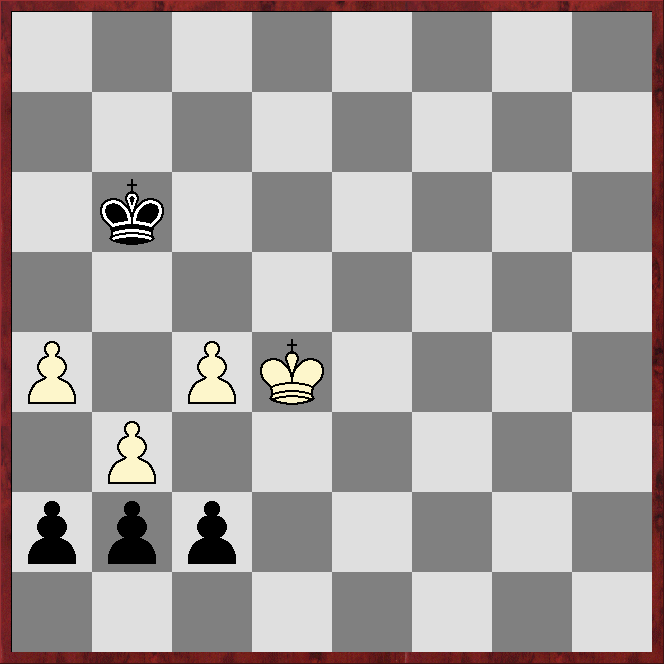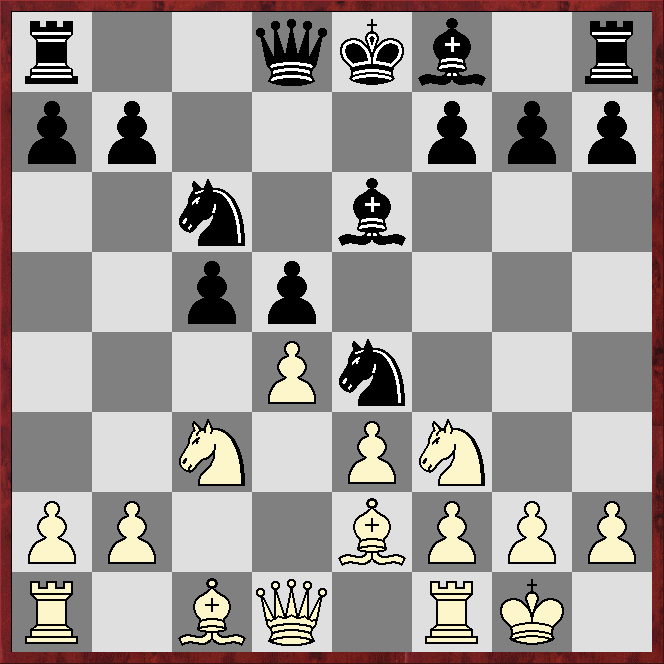 |
| Tasty treat - both deer and dear |
Saturday April 1: Dinner
at the hotel 21.00–23.00
Bus
for early arriving players is planned to leave Oslo Airport around 14.30
(reaching Scandic Valdres at Fagernes around 17.15–17.30), while maxitaxi for
late arriving players is planned to leave the airport around 19.30 (reaching
the hotel around 22.15–22.30).
Sunday April 2:
Breakfast 07.00–10.00
Lunch
12.30–14.00
Tournament
registration 13.00–16.00
Round
1 17.30–23.30
Dinner 21.00–23.00
Monday April 3: Breakfast 07.00–10.00
Lunch 12.30–14.00
Round
2 14.00–20.00
Dinner 19.00–21.00
Tuesday April 4: Breakfast 07.00–10.00
Lunch 12.30–14.00
Round
3 14.00–20.00
Dinner 19.00–21.00
Wednesday April 5: Breakfast 07.00–10.00
Round
4 10.00–16.00
Lunch 13.30–15.30
Round
5 17.30–23.30
Dinner 21.00–23.00
Thursday April 6: Breakfast 07.00–10.00
Lunch 12.30–14.00
Round
6 14.00–20.00
Dinner 19.00–21.00
Teamtalkingchess 20.30–22.30
Friday April 7: Breakfast 07.00–10.00
Lunch
12.30–14.00
Round
7 14.00–20.00
Dinner
19.00–21.00
Fagernes
Slow Blitz 20.30–23.00
Saturday April 8: Breakfast 07.00–10.00
Lunch
12.00–13.30
Round
8 13.00–19.00
Dinner 19.00–21.00
Fagernes
Blitz II 19.30–22.00
Sunday April 9: Breakfast 07.00–10.00
Round
9 09.00–15.00
Lunch
13.00–15.00
Hotel
check out Before
15.00
Prizegiving As soon as possible after 14.30
Maxitaxi to Oslo Airport (for players and accompanying persons with early evening flights) is planned to leave from Fagernes as soon as possible after 13.30, while bus with others will leave as soon as possible after 15.20.





























